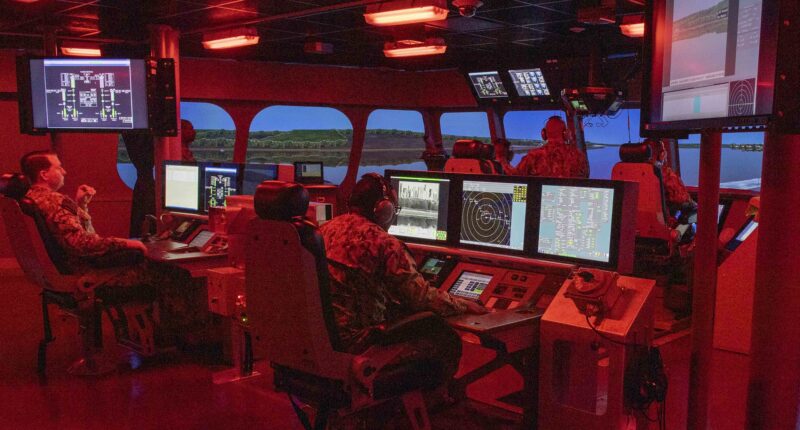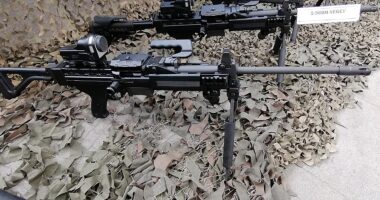The US Navy is rolling out a new strategy to “weaponize” data and AI, turning raw sensor feeds into tactics, tech tweaks, and software updates fast enough to keep pace with modern conflict.
Stuart Wagner, the force’s chief digital and AI officer, said the plan is designed to break bottlenecks slowing the flow of data from ships, aircraft, and drones to analysts and developers, and back to the fight.
“We need to spin this really fast,” Wagner told a communications and electronics summit this summer, as reported by Breaking Defense. “Our strategy is focused on expediting and making this easier.”
Six Goals, One Focus: Speed
The final draft of the data and AI weaponization strategy, due within a month, will set six priorities: improve data infrastructure, turn AI prototypes into operational tools, train more personnel in AI and data skills, and expand collaboration with industry, academia, and allies.
Wagner points to Ukraine as proof of what’s possible, where new drone tactics or anti-jamming measures appear on the battlefield in less than 24 hours.
Ending ‘Data Lost at Sea’
Right now, the US Navy collects massive amounts of sensor data, but much of it never leaves the platform. With limited bandwidth, it can be faster to fly a hard drive home than transmit it, and aircraft often overwrite old recordings for lack of storage.
“We can’t learn and adapt to the adversary if their data is located in drives we’re recording over,” Wagner said. “We were treating it like trash.”
His fix: an end-to-end pipeline that quickly moves data off platforms, compresses it without losing detail, and feeds it into secure, AI-ready clouds.
From there, new insights, tactics, or software updates could reach the fleet in hours.
Achieving that, Wagner said, depends on boosting connectivity through joint command and control in all domains and clearing human choke points.
Breaking the Classification Logjam
One of the biggest hurdles is security classification. Rules are reportedly too vague or contradictory, leading humans to mark nearly everything classified.
Wagner has already piloted a digital, automated classification system that applies clear, consistent rules, making it easier to share the right data with the right people faster.
Similar systems are not being tested in other commands.
Sandboxing for Rapid Deployment
Another bottleneck is the months-long Authority to Operate process for new software.
Wagner wants “sandbox” networks, or virtual test environments where unverified tools can run safely without risking operational systems or leaking classified data.
He said this approach could slash deployment times to match a sub-24-hour measure-countermeasure cycle.
“If you’re waiting on an [Authority to Operate] to get started on learning and adapting, you’re not going to hit the sub-24-hour cycle,” Wagner said. “I’m optimistic about the investments we’re making into sandboxing right now.”









